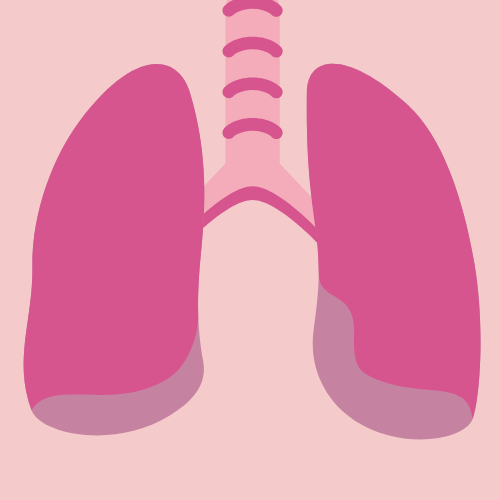Our Breathing or Respiratory rate describes how fast or slow you are breathing while at rest. It is measured by counting the number of breaths a person takes in one minute.
Normal respiratory rates vary slightly by age and generally increase during exercise. Since a change in this rate may signal a health problem, it’s important to know your age group’s normal respiratory rate and how to measure yours correctly.

Breathing Rates
People naturally have different rates of breathing.
When we breathe normally and naturally, when there is no stress, anxiety or manipulation of the
breath our breathing rate will be as follows:
- Inhale 1-1.5 seconds
- Short pause for 1-2 seconds
- Exhale for 1.5-2 seconds
- Short pause for 1-2 seconds
Each breath contains around 500-600 ml of air, this is known as tidal volume or depth of inhalation.
A persons breathing rate will change throughout their life: - As a baby, you will breathe 35-58 times per minute
- As a toddler, you will breathe 15-22 times per minute
- As an adolescent, you will breathe 12-16 times per minute
- As an adult, you will breathe 10-14 times per minute
A faster heart rate will create quicker breathing.
These guides are an average of peoples breath rates, resting breath rates can vary greatly from person to person.
A good experiment to do is to set a timer for 1 minutes and count each breath.
One inhale plus one exhale equals one breath.
It is always amazing to see the different rates that we breathe at, there is no right or wrong breathing rate necessarily, it is however very interesting to note the differences in the breathing rates of individuals, this is especially important to note when guiding breathwork.
Humans have different styles of breathing
Eupnea
This is basically normal breathing patterns, it occurs in our day to day life and while
we are at rest, it does not require and cognitive or conscious thought.
Costal Breathing
This is the shallow breathing that is seen commonly these days.
Costal breathing requires the intercostal muscles to contract. The intercostal muscles are the muscles
between your ribs that allow the ribcage to move and expand as you breathe. During costal
breathing the diaphragm hardly moves, this style of breathing often occurs due to poor posture,
stress and anxiety.
Diaphragmatic Breathing
Diaphragmatic breathing or taking a deep belly breath involves the
diaphragm contacting and the belly pushing out to take a deep breath in. When we say belly
breathing or as teachers when we say take a deep breath into the belly, it isn’t that air is actually entering our belly, it’s that in order for the diaphragm to contract it need to flatten and move
downwards and in order for this to happen the belly will need to push out to make space. When
teaching children to breathe deeply, I ask them to see if they can get their belly to grow big like
a balloon, this allows for diaphragmatic breathing.
Hyperpnea
Hyperpnea is the term for breathing in more air than you normally do, this is the
body’s response to needing more oxygen.
This style of breathing will occur during exercise orwhen a person is at a higher altitude and the body’s need for oxygen increases.
During hyperpnea inspiration and expiration both occur due to muscles contractions, the breathing muscles that we have already discussed, this is the diaphragm and the intercostal muscles, these will contract but with this forced style of breathing muscles in the neck and abdomen will also be utilised.
This style of breathing will also happen with certain styles of breathwork and pranayama.
Benefits Of Nasal Breathing
A large percentage of breathwork practices are done by inhaling through the nose, there are great
benefits from breathing through the nose including:
- Nasal breathing warms and moistens the incoming air this is particularly beneficial as it doesn’t
dry out the sensitive lung cells that must remain wet - The nose filters the air before it enters the body, catching dirt, dust and bacteria
- Nasal breathing keeps air in your lungs longer than mouth breathing
- Nasal breathing provides up to 20% more oxygen into your bloodstream
- Nasal breathing can stimulate the vegas nerve, helping you to feel more calm and relaxed



